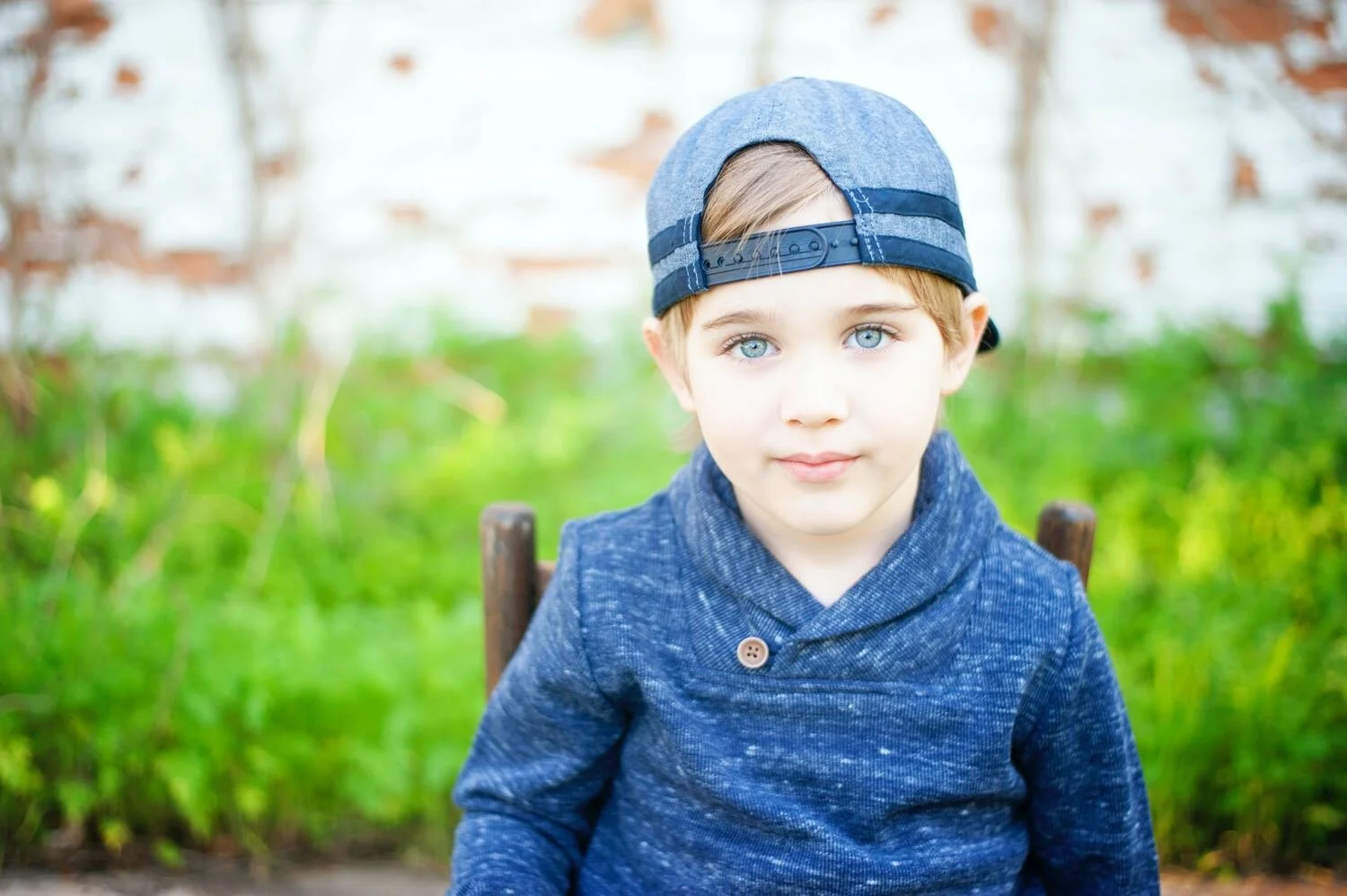How to Help Your Child With Autism Navigate Changes in Routine
Life is full of curveballs. Having a set routine can promote a sense of security, stability, and trust in a world that often feels chaotic and overwhelming. This is especially true for those with autism, who often rely on their typical routines to guide them through the day. When life goes topsy-turvy and these habits are disrupted, it can create feelings of anxiety, hesitation, and confusion. Nonetheless, change is an inevitable part of life. So how can you best support your child with autism when their routine changes? Keep reading to find out.
5 Tips to Navigate Autism and Changes in Routine
1. Start Slowly
As with most things, it’s best to approach a change in routine as slowly as possible. The more sudden the change, the more difficult it will be to adapt. Plan in advance so you can give your child plenty of time to adjust to the alterations in their routine. You can also practice the new routine ahead of time to help your child prepare for when the transition will occur.
2. Be Patient (and Prepared)
Patience is the name of the game when it comes to tackling the unpredictability of change and it’s important to give your child the time and space they need to adapt at their own pace. Prepare for the upcoming transition by talking to them and helping them understand the impact it will have on their routine.
If it’s helpful, use aids like pictures or social stories so they can visualize what will happen. A social story is a simplified narrative, like a comic strip or flipbook, that describes a particular situation in an easy-to-digest, concrete way. These stories can help your child understand what will happen, what will be expected of them, and how they can prepare for the change.
3. Stick to a Schedule
Though change is inevitable, you can still maintain consistency in other areas of your family’s life. When undergoing a change in routine, stick to a schedule as much as possible, even if it means adjusting the timing of certain activities. Let your child know what will be changing and what isn’t–this will help provide a sense of structure in an otherwise unsettling time.
4. Create a Calm Down Strategy
When it comes to autism and changes in routine, having a “calm down” strategy can be an invaluable asset. This will help you and your child prepare a plan to regulate their emotions and reduce their stress in response to the changes in progress. This strategy should be something that your child can do on their own and should include activities that your child finds calming and soothing. Activities like breathing exercises, listening to relaxing music, or engaging in a sensory experience like noise-canceling headphones or a weighted blanket are all examples of tools you can use in a calming routine.
It's also important to practice these strategies with your child when they are not experiencing an emotional overload. It’s always easier to learn things when we feel grounded and prepared! Doing so can help your child better recognize when they are feeling overwhelmed so they know when to put their calming tools into action.
5. Celebrate Flexibility
Let’s face it…we’re all human and change is hard for us all. Celebrate your child’s flexibility and reward them when they use constructive coping strategies. Tell them how proud you are of their courage and willingness to adapt. Providing positive reinforcement can help them stay motivated and focused on battling the transitions ahead.
Navigating the rollercoaster of life can be distressing for children with autism and their families, but with a little patience, preparation, and understanding, it is possible to make changes in routine less stressful for your child.
Sign up for emails to get more helpful autism resources just like this delivered straight to your inbox. Subscribe below!

